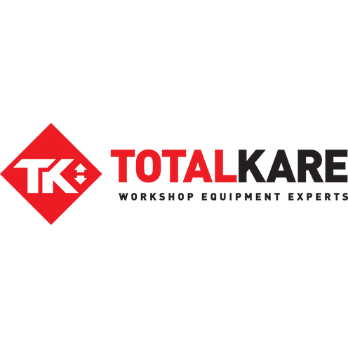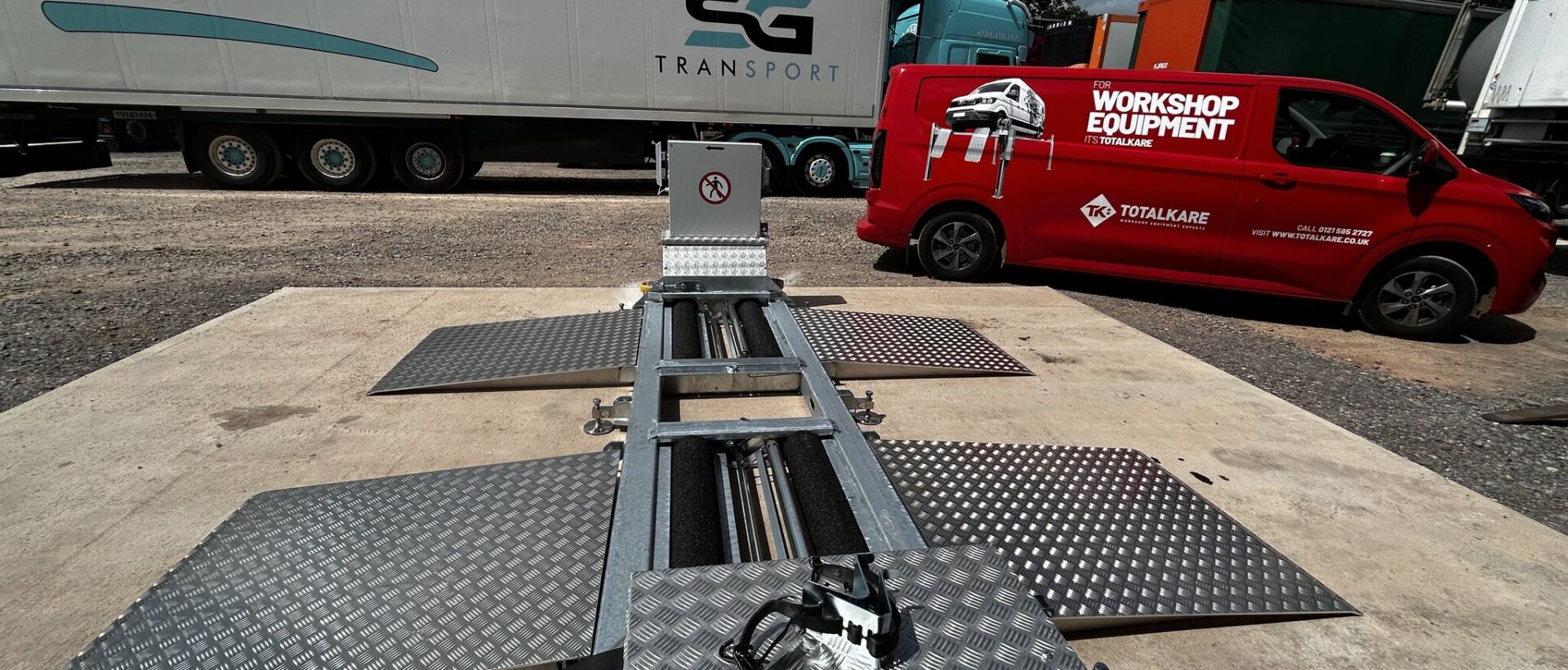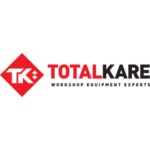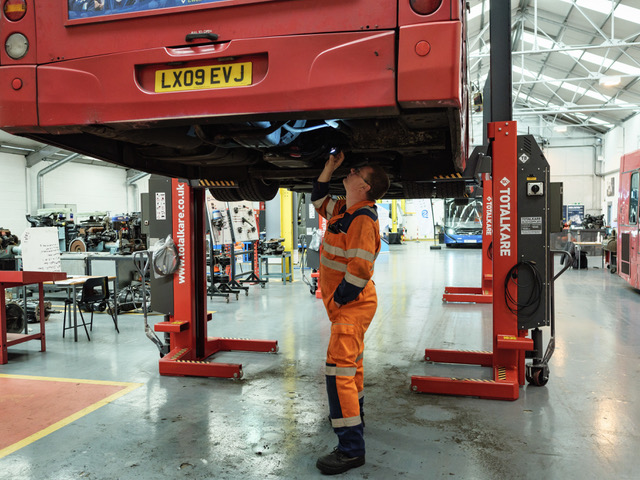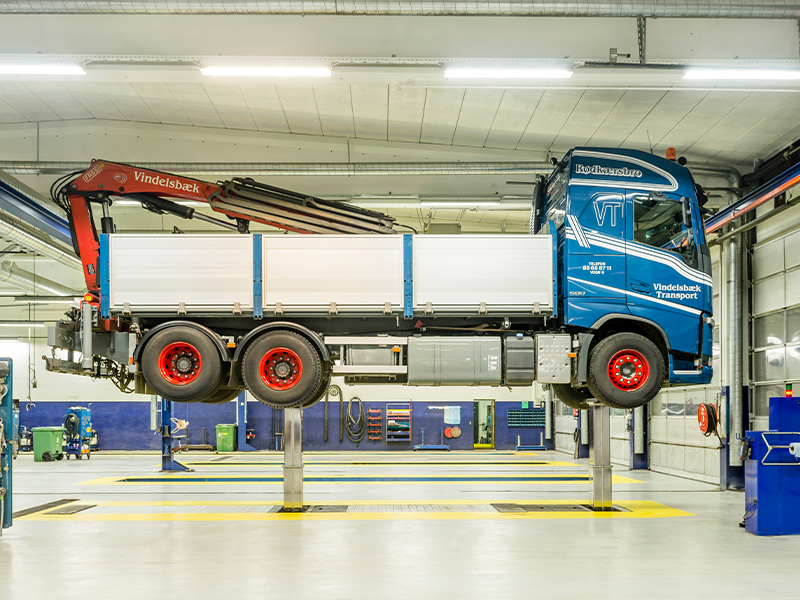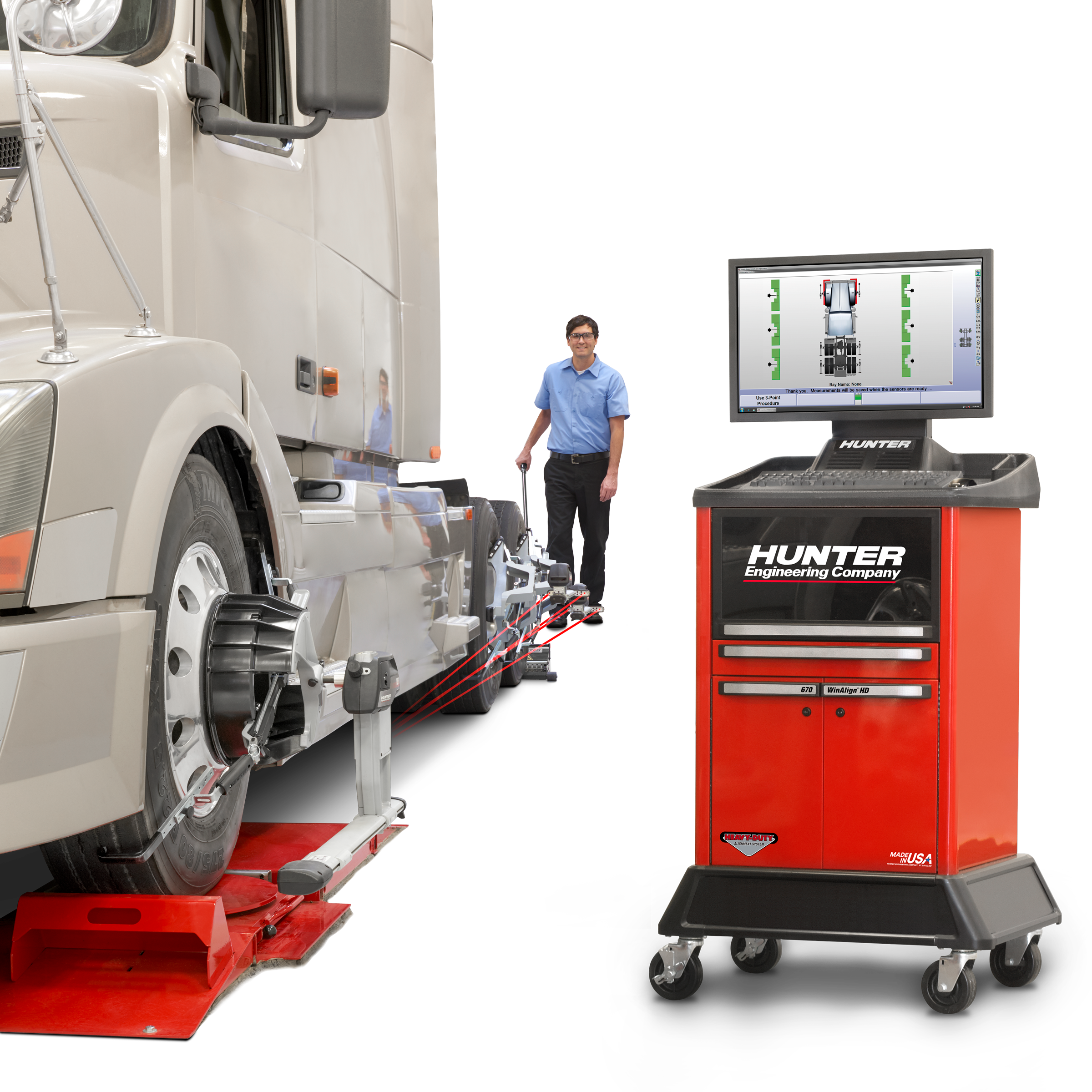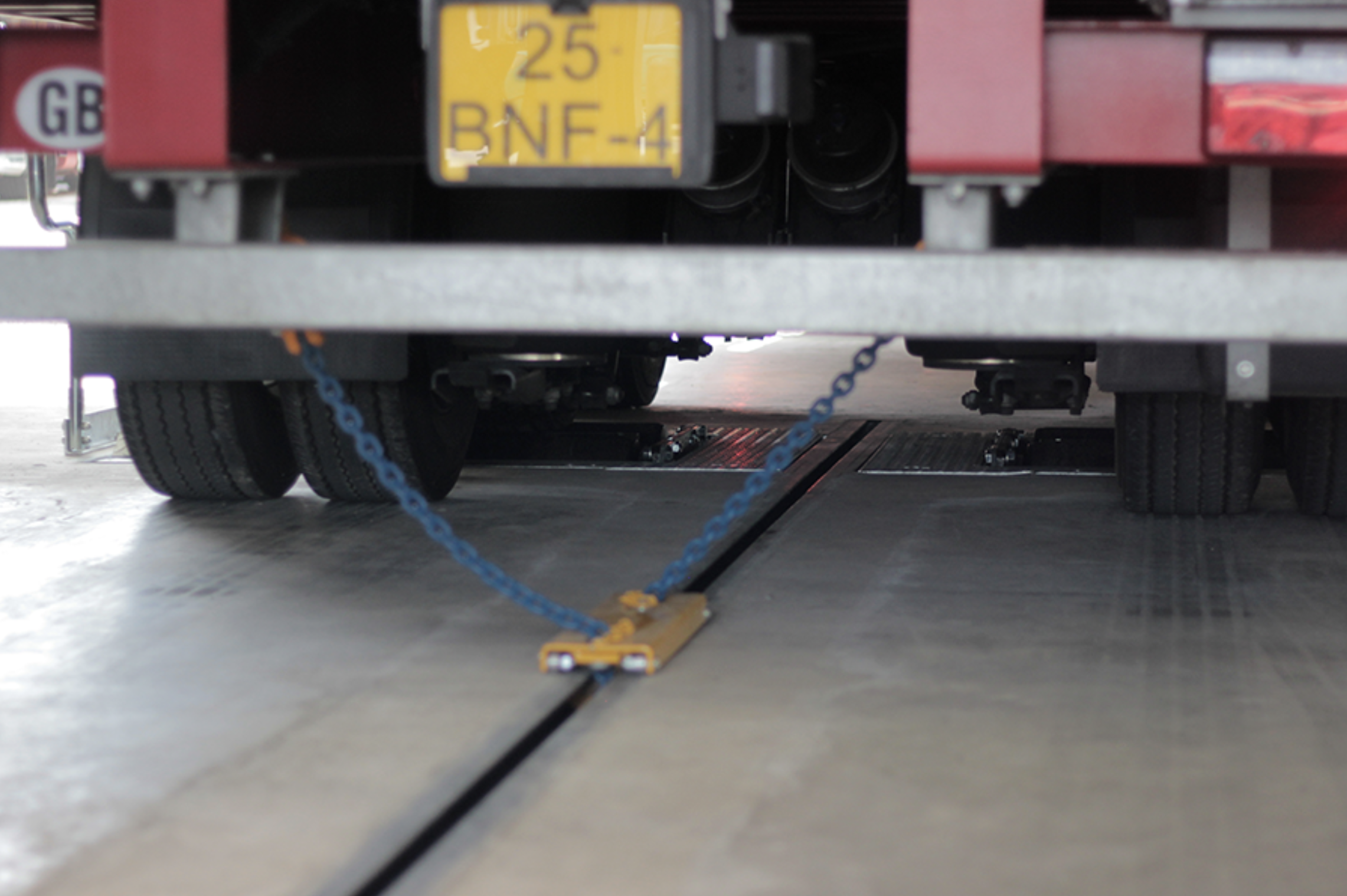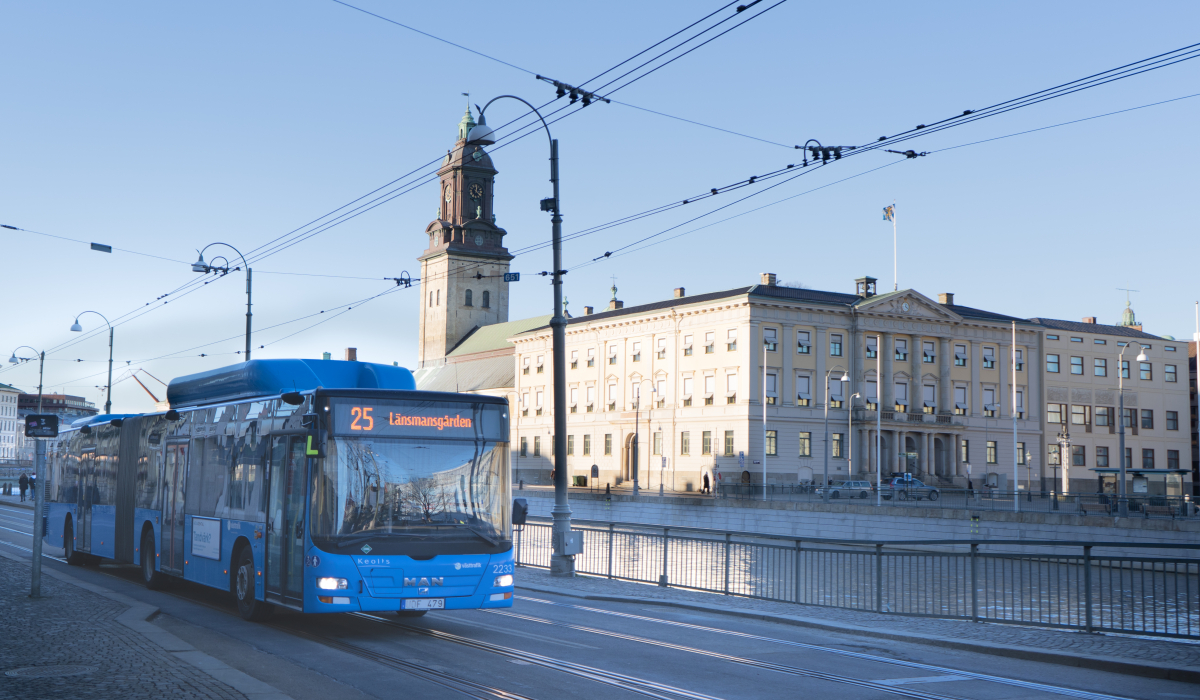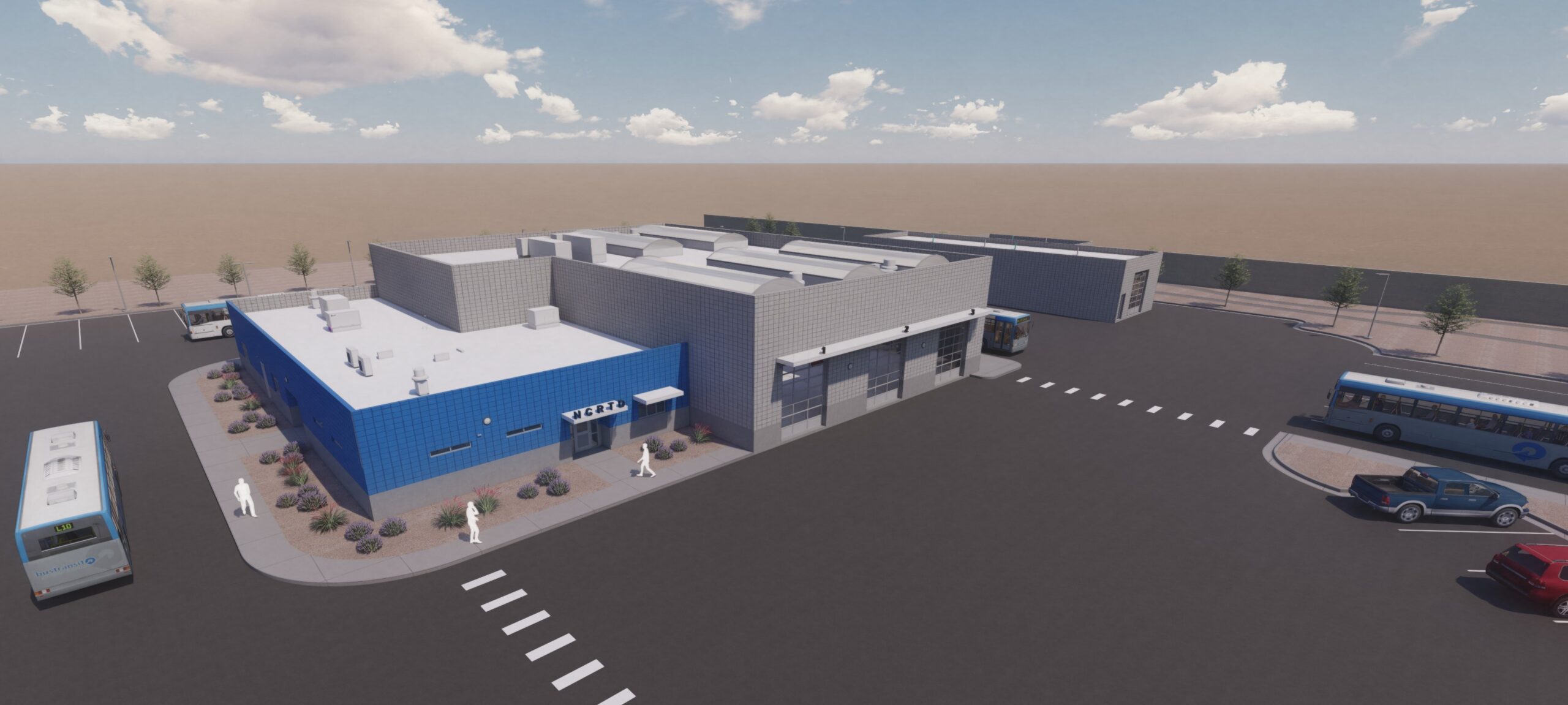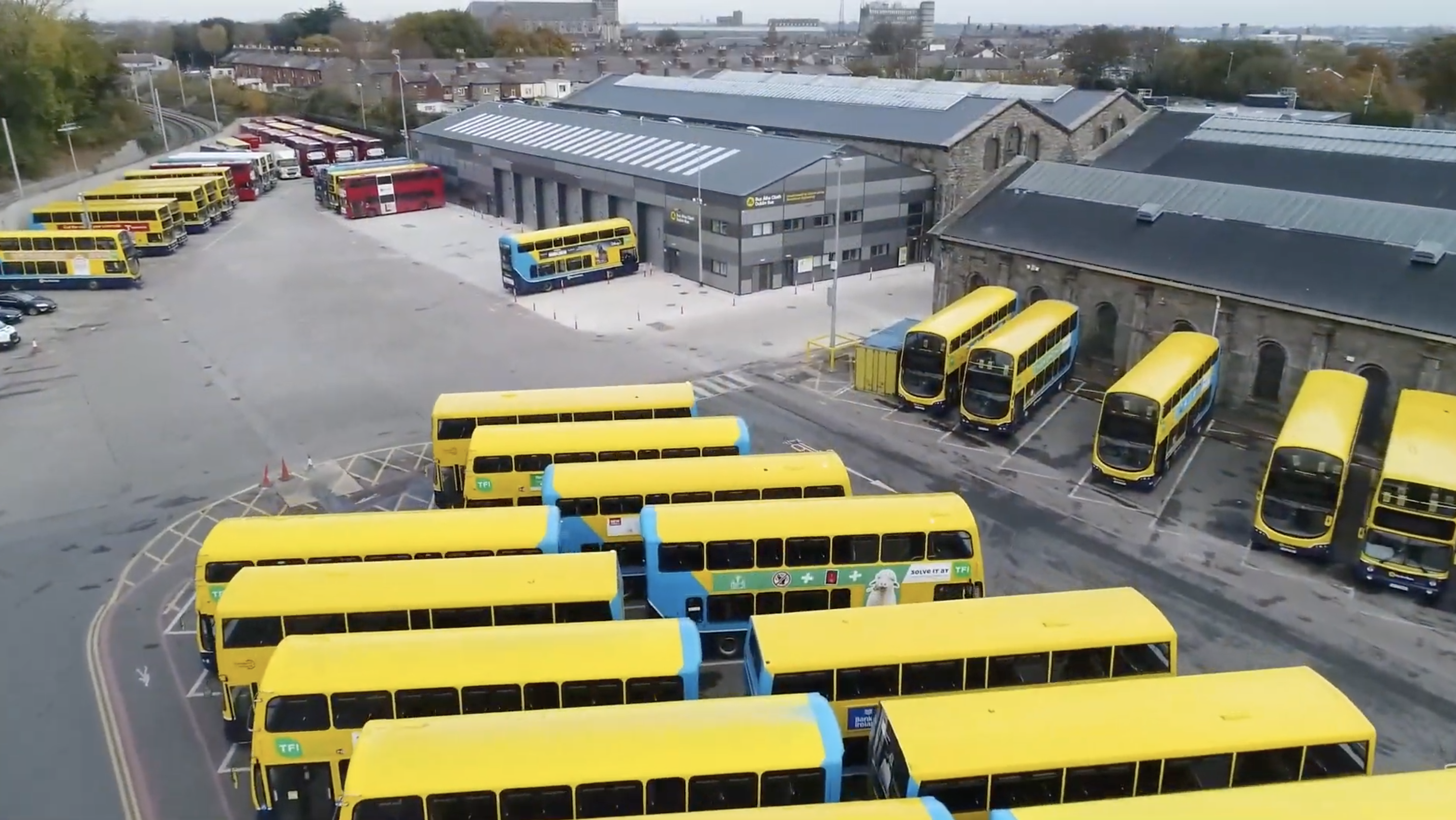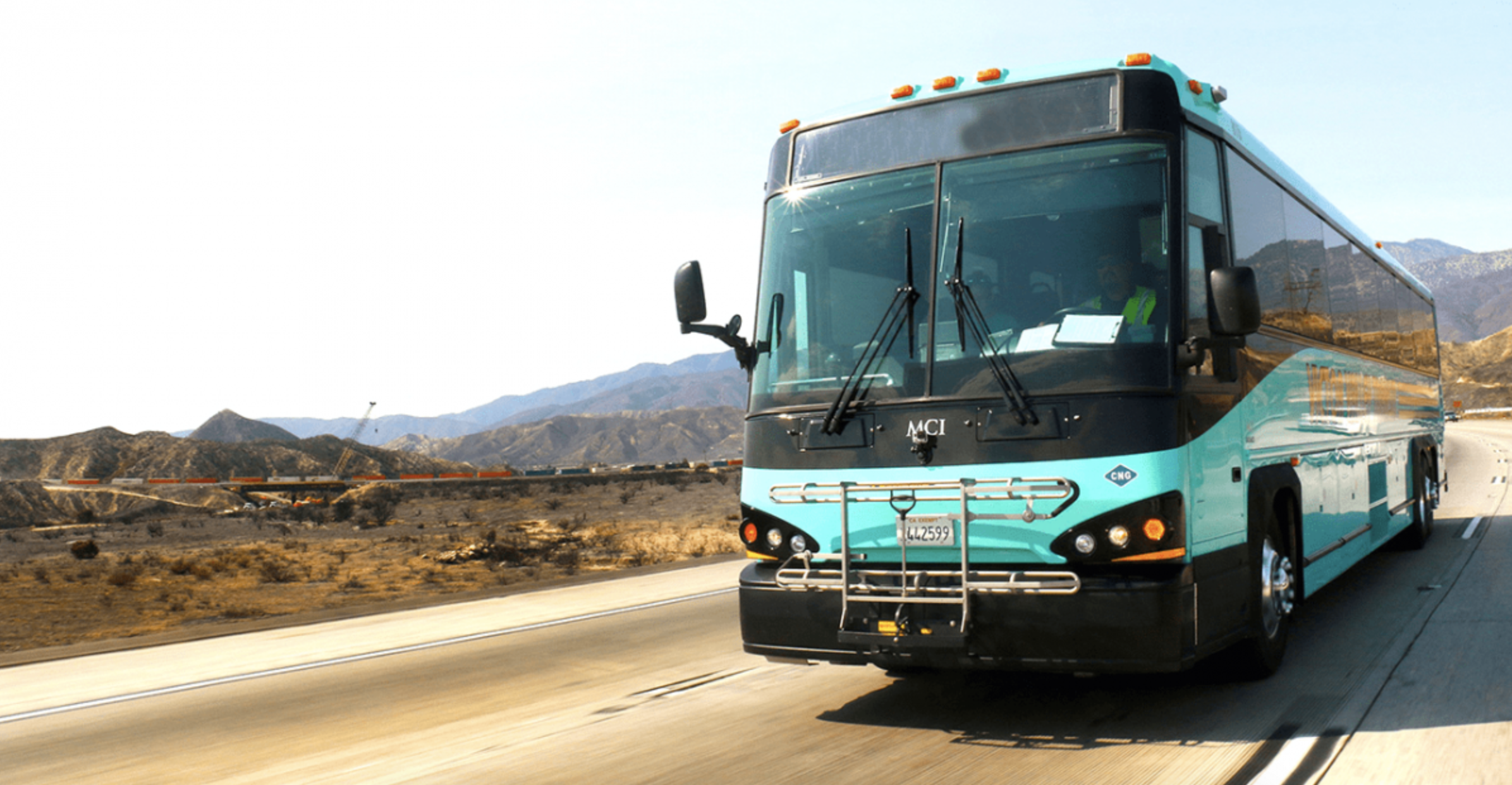There’s been a lot of misunderstanding about inspection pits over the years.
Despite the huge strides forward in technology and safety measures, some people are still stuck with the same out-dated image of what working in a pit is like:
They think of a dark underground space with crumbling walls and a leaking floor – a place with poor ventilation that catches a few clumsy workers in its jaws every month.
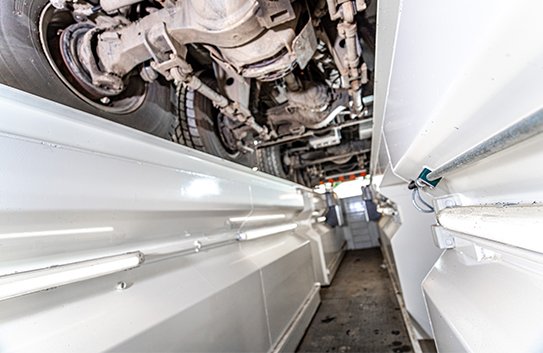
But here’s the truth:
The industry has come a long way in the last few decades.
Today’s vehicle inspection pits are a carefully calculated structural installation, braced for strength and durability with the strongest materials, built to last and from the ground up with lighting, ventilation, and the safety of your workforce in mind.
Just like any other equipment you use in your workshop, a vehicle inspection pit is only as safe as the people who use it – and you need the right preparation and measures in place to create a safe working environment for your people.
Here’s what you need to know:
Guarding the Pit Area
One of the most common safety risks with a vehicle inspection pit has nothing to do with the pit itself:
It’s about the people in your workshop – and their tendency to forget that it’s there.
Even the most experienced workers can have a lapse in awareness. They can become too focused on the task at hand, or even become too accustomed to the everyday risks of working around a pit.
And if your inspection pit isn’t visible and protected, it only takes one small slip or mis-step to cause an injury.
So, if you want to ensure a safe environment in your workshop, you need to make your inspection pit completely unmissable.
In practice, that means using things like:
- High-visibility paint on the edges of the pit
- Clean and well-maintained lighting inside the pit
- Guardrails or chains around the border (or the nearby area)
- Clearly visible signs and warnings (e.g. ‘OPEN PIT’)
- A robust pit cover to put in place when the pit isn’t being used
Removable bridges with handrails across the pit – to discourage any risky ‘shortcuts’
These are all essential safety measures that every inspection pit should have in place. But there’s one other huge consideration – and it’s something that should be planned out long before the pit is installed:
Your pit needs to be out of the way.
If you’re planning on installing a vehicle inspection pit, you need to think carefully about the location. Find a space in your workshop that has the least amount of traffic from pedestrians and vehicles – so that only the people working directly on the pit need to be there.
Controlling Your Vehicles
It’s easy to imagine a worker slipping into a pit. But the consequences of a vehicle doing the same thing could be huge – and you need to have measures in place to reduce that risk.
So, if you’re manoeuvring vehicles around or over an inspection pit, you’ll need to have:
- Highlighted pit edges (approximately 150mm wide) as a guide for drivers
- Carefully placed mirrors around the pit to help drivers see their own wheels
- A clean and tidy area around the pit (with no discarded tools or parts lying around)
- A competent and fully trained driver – don’t let just anyone drive onto a pit!
- A designated, trained marshal – to instruct and guide the driver, and watch for other vehicles or workers nearby
Creating a Safe Environment Underground
We’ve talked a lot about keeping things out of the pit. But there are risks for your workers inside the pit, too – and you need to provide them with a safe working environment.
The first thing to think about is lighting. An underground space can be a poorly lit environment, especially when it’s covered by a vehicle – so, you’ll need the right lighting in place to help your workers do their job safely and avoid any risky mistakes.
Second, you’ll need to think about the air. A hole in the ground is the perfect place for the build-up of dangerous emissions – especially when some of those gases can be heavier than air. To keep the atmosphere in your pit safe for your workers, you’ll need to:
- Use lighting that’s suitable for potentially flammable or explosive environments (both your fixed lights, and your handheld lamps)
- Keep LPG (Liquefied Petroleum Gas) heaters and other LPG-fuelled tools away from your inspection pits
- Turn off the vehicle’s engine while it’s parked over the pit (unless you are using dedicated exhaust extraction)
- Avoid working on A/C systems – unless you’ve already emptied the refrigerant in a different location
- And avoid welding in the pit without local exhaust ventilation
Finally, you’ll need to think about the workers themselves. Working upwards from an underground position doesn’t come naturally – and there’s a risk of objects falling from the underside of the vehicle.
So, to help your technicians do their jobs safely, make sure they’ve got the appropriate safety glasses, headgear, and ear protection they need. If appropriate, ensure that a moveable step is available and fitted in the pit to allow technicians to reach the parts of the vehicle they are working on comfortably.
Providing Safe Access
This is an easy one to forget – but it’s a hugely important part of maintaining a safe inspection pit.
You’ll need a slip-resistant set of steps with a handrail for safe access into the pit, and as much headroom as you can allow for their journey in.
But you also need to think about their journey out. If there’s ever a potentially dangerous situation in the pit, your workers need a fast and accessible escape route – and that means they need a second, alternative way out in case the entrance gets blocked or becomes unsafe.
Looking to Get Started with a Vehicle Inspection Pit?
We’ve got you covered – from installing in-ground brake testers and pit jacks across existing pits, to the installation of multi-pit facilities and underground workshops.
Drop us a line to speak with one of our experts and find out more.
This article was originally published by Totalkare.

